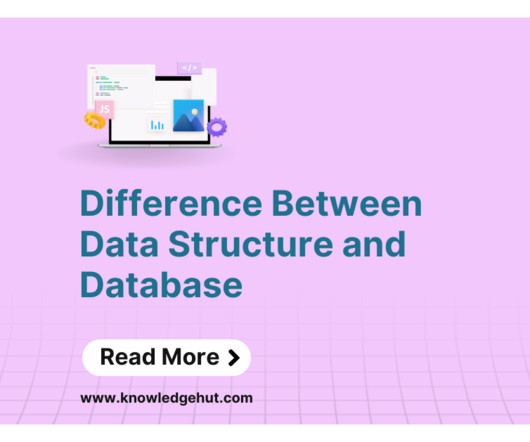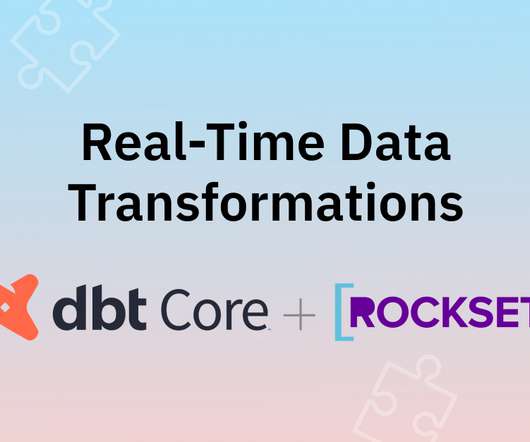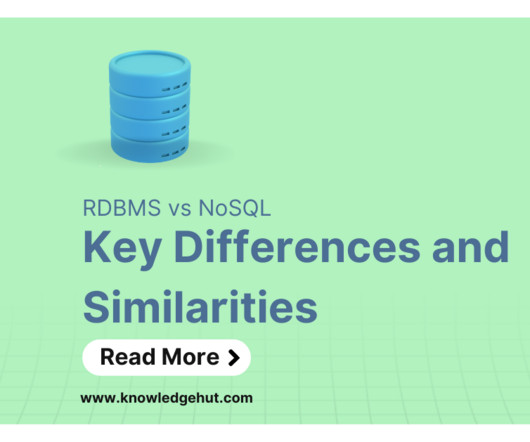Methods for Running SQL on JSON in PostgreSQL, MySQL and Other Relational Databases
Rockset
JULY 9, 2019
One of the main hindrances to getting value from our data is that we have to get data into a form that’s ready for analysis. Consider the hoops we have to jump through when working with semi-structured data, like JSON, in relational databases such as PostgreSQL and MySQL. It sounds simple, but it rarely is.













Let's personalize your content